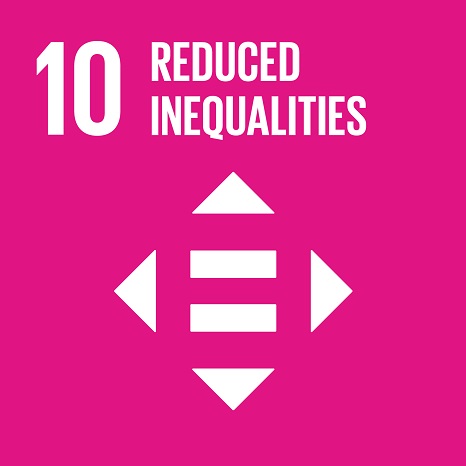'Chill Greta, Chill!': The Impact of the Age Activists on the Attribution of Stereotypes.
Event Title
International Society for Justice Research 18th biennial conference (ISJR 2021)
Year (definitive publication)
2021
Language
English
Country
--
More Information
--
Web of Science®
This publication is not indexed in Web of Science®
Scopus
This publication is not indexed in Scopus
Google Scholar
This publication is not indexed in Overton
Abstract
Climate change is an increasingly mobilizing issue, brought forward by activists (Murray, 2020). Activism aims to disrupt the status quo, thus becoming a prominent aspect regarding social change (Jordan, 2002). However, activists are prone to negative stereotypes, which leads to resistance by society towards the message they advocate (Bashir et al., 2013). There are more vulnerable groups to climate change than others (Barnett, 2006). On the other hand, the groups least vulnerable are also those that have the most resources to respond to this issue in a more efficiently way (Brick & Lai, 2018). In this sense, climate change also becomes an issue of social justice and equality, and thus the study of activism and activist´s influence may contribute as a resource to reduce climate change and their consequences. Youth are particularly interested in contributing to environmental issues (Arnold et al., 2009). Nonetheless, despite the importance that stands out in youth regarding the history of activism in general, they face great challenges, mainly because they feel seriously disregarded by formal environmental movements (Earl et al., 2017). Therefore, the present research pretended to examine stereotypical dimensions attributed to activists, using the Stereotype Content Model (SCM), including the later addiction of a morality/trustworthiness dimension. Through two experimental studies, it was intended to test the effect of an activist's age. In Study 1 (N=276), Greta Thunberg and Jane Fonda were the real models used to manipulate age. The results showed that the young activist was sanctioned in comparison to the adult activist in all stereotypical dimensions. The results obtained on this study might be due to the characterization of Greta Thunberg in the media and, in Study 2 (N=228), fictional characters were used instead, presenting the same statement from a teenager vs adult. This showed no differences in warmth or competence dimensions, but a disadvantage towards the young activist on the morality/trustworthiness dimension. These results are interpreted in light of the SCM and the interplay between different social categories (age, activism/agency) in stereotypical appraisals. The present studies contribute to a better understanding of the stereotype’s attribution to young radical activists, expanding new horizons regarding the SCM and its dimensions of social perception. It also contributes to reducing barriers to important social influence from climate agents.
Acknowledgements
--
Keywords
Funding Records
| Funding Reference | Funding Entity |
|---|---|
| DL 57/2016/CP1359/CT0027 | FCT |
Contributions to the Sustainable Development Goals of the United Nations
With the objective to increase the research activity directed towards the achievement of the United Nations 2030 Sustainable Development Goals, the possibility of associating scientific publications with the Sustainable Development Goals is now available in Ciência_Iscte. These are the Sustainable Development Goals identified by the author(s) for this publication. For more detailed information on the Sustainable Development Goals, click here.

 Português
Português



